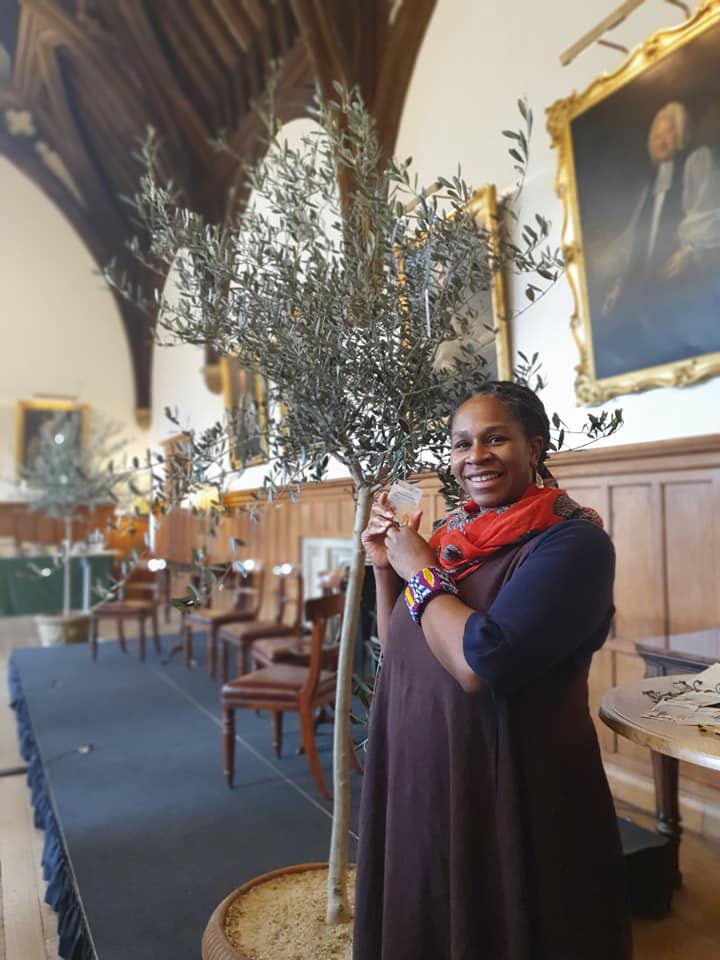
As part of our Ethnicity, Diversity & Inclusion series of events, come listen to Ali Angus talk about her interesting life whilst raising her family.

As part of our Ethnicity, Diversity & Inclusion series of events, come listen to Ali Angus talk about her interesting life whilst raising her family.

Please join us for a virtual meeting to hear about how you can avoid being duped by new scams.
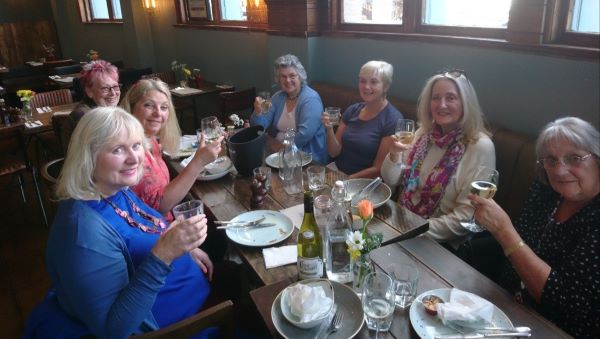
Please join us for a virtual meeting to enjoy time with other members and your WI Advisers.

Please join us for a virtual meeting to enjoy time with other members and your WI Advisers.

Join us with your WI Advisers learning about how to make Annual Meetings Easy.

Come and join us for that festive feeling.

Come and join us for that festive feeling.


DO YOU love the area you live in?
Would you be prepared to share your knowledge of your part of the Surrey with other WI members?
The Home Economics Committee is looking for members with good local knowledge who would be prepared to lead walks in their area.
If you are interested in doing this, please contact Jill Mulryan —jmulryan@surreyfedwi.org.uk — stating the area you can cover.
back to News
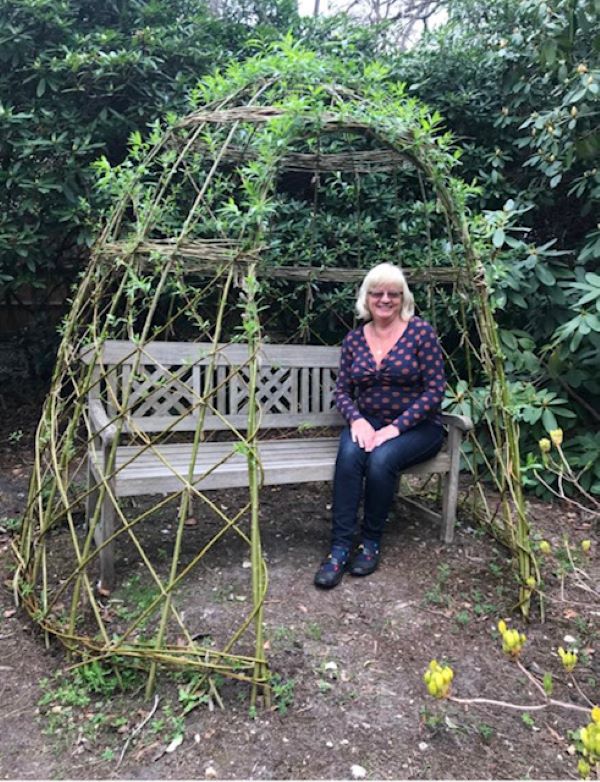
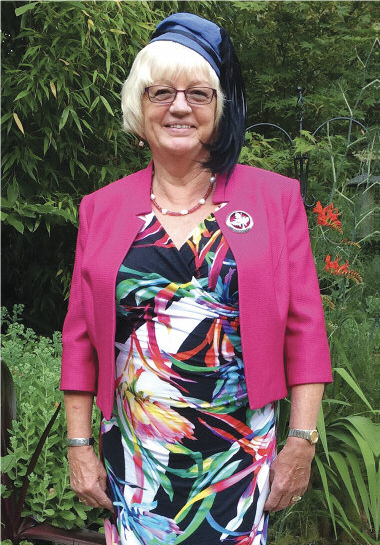
Dipping into an anthology of WW II instruction leaflets under the general heading Make Do and Mend, I came across flyers entitled Keep Them Tidy Underneath, Every Woman Her Own Clothes Doctor and Hints on Renovating and Recutting, I realised perhaps for the first time how brutal clothes rationing had been. Reading the advice given, for example, on how to make a “good pair of knickers” from two old pairs is in dramatic contrast to the fast fashion, disposable-after-a-single-wear clothes that are so common today.
I am sure many of you watched Sewing Bee and followed our fellow SFWI member Lawratu who did so well and represented the essence of the WI in such an inspiring way. Well done, Lawratu.
I particularly enjoyed the Skies the Limit challenge where contestants were invited to design and make a wedding dress out of 1940s parachutes. This reminded me that my mother’s wedding dress was made by the local dressmaker from parachute silk in 1950, and how beautiful it was. I recall as a child visiting the same dressmaker. For me the anticipation of the visit was whether the same bunch of mistletoe was still hanging from the lamp in the hall from the previous year. I was never disappointed!
We were in awe of the transformation challenge, but should we also be inspired by it? The restrictions of last year, which meant that we were not able to buy clothes from the High Street, has already changed our clothes buying habits, perhaps forever, but also even what we buy and how we wear it.
The practice of handing down clothes and toys, in my family and beyond, has long been the norm, with the children wearing their cousin’s clothes with pride. I recall learning from an old university friend that some smock dresses that I had made and passed on to one friend’s children had, by some weird and wonderful journey, ended up being worn by the children of a completely different friend, revealed when a photo was shared some 25 years later.
I was fortunate to have learned to sew and do basic tailoring at school. The girls at my school (it was only the girls who were taught to sew) were particularly keen, but I have often wondered whether the lure of the needlework classroom was the fact that the sewing teacher was the girlfriend of a first team player for Leeds United!
Surrey Federation has offered us all many opportunities to develop needlework skills of all kinds, from machine embroidery and goldwork to tailoring jackets and trousers, the latter led by the Federation’s own talented Beryl Havers.
Acquired skills from Denman workshops, formerly residential and more recently Denman at Home, has offered us all the opportunity to acquire new skills. For me it has been patchwork. My first, a sampler quilt, was for my granddaughter. It was made from fabric from dresses she had grown out of. I imagine these clothes will live on in their new guise for many years. On completing a project, I cut the leftover pieces of fabric into 3” or 5” squares, organise them in colour groups and craft them into quilts for the Linus Project.
Recycling-fashion initiatives are on the rise. I love the idea of some major brands inviting customers to return unwanted used clothes that are then given to charities or recycled — a very welcome step.
However, recycling is not a new concept. Born and bred in Morley, my daily bus ticket read ‘Yorkshire Woollen District’. I only questioned its significance after watching a TV programme which focussed on the production of shoddy. Waste wool from the production of high-quality cloth was shredded before being mixed with a small quantity of new wool and woven into a lesser quality cloth — shoddy. Any waste from the process was transported to Kent where it was used as a fertilizer for the hops.
I don’t know that I can claim to be a regular re-fashioner of clothes, but I am a regular re-user, although I did remodel a 100-year-old hat that had a beautifully dramatic, swooping, bird-of-paradise feather that I wore for Churt WI’s 100th birthday celebration. (see above)
I challenge you, as you bring out your Autumn wardrobe, to reduce, rewear, recycle, repair, resell and re-fashion rather than throw away clothes. I am challenging myself to rewear rather than buy new outfits for WI events in future. I did wonder however if I could ring the changes by accessorising, using things I had made during lockown — but felted hand warmers, a climate scarf and a quilt might appear a little eccentric!
But seriously, we must all review and reduce our clothes buying, and if we do buy, we should read the labels to ensure that the clothing is free from plastic, has a long life and is biodegradable. The garments may cost more but if they last longer and they are free from polyester, nylon and plastics this can only be good for the planet.
As we approach the UN Climate Change Conference that aims to Unite the World to Tackle Climate Change, could this be your small contribution to the saving of planet?
Carol A. Gartrell
Federation Chairman
back to News

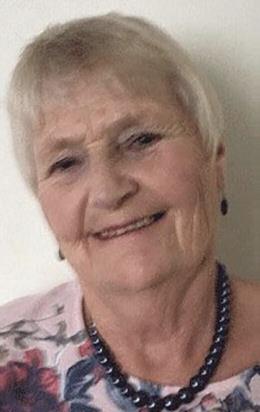
I WAS on holiday, staying in an entertainment complex and sitting with my son and other people watching a Euros football match on the big screen.
I turned round to get the attention of a waiter to bring us a drink, when a gentleman caught my eye. He was standing with his back to the bar, holding a tray of drinks — then he just collapsed on to the floor, the tray and its contents flying everywhere.
I immediately went over to him as he lay on the ground immobile; fearing he was lying on broken glass, I rolled him over and soon realised he was unconscious.
I could feel no pulse in his neck or wrist, I put my cheek to his mouth and could feel no breath. At this point I called out to the staff to call 999 for an ambulance, which they did.
I had noticed a defibrillator on the wall as I had come into the venue. I started chest compressions, but this did nothing, so I asked someone to bring over the defibrillator. I was feeling very apprehensive as I opened it, but to my great relief the moment I turned it on, I was told what to do.
I followed the instructions which were loud and clear, and I felt as if I had someone with me telling me exactly what to do. Nothing happened after the first shock, so I did chest compressions again, then another shock as the voice advised me. Then amazingly the man took a breath and opened his eyes. Soon after that the ambulance arrived. The man had suffered a cardiac arrest and the paramedics who treated him told me I had saved his life by using the defibrillator.
Please, anyone reading this, do not be scared of attempting to help someone who needs it, you cannot get it wrong. If the patient has a heartbeat the defibrillator will not work, so you will do no harm.
Judith, a former Trustee of Surrey Federation, was in the right place at the right time to save a life. She says: Don’t be afraid to help
FOLLOWING news of the footballer whose life was saved on the field by use of a defibrillator, we have sought permission from the British Heart Foundation* to publish their instructions on the use of a defibrillator in an emergency.
You will only be able to do the best you can in any circumstance but you will vastly improve your knowledge and confidence if you watch the video on the BHF website — https://www.youtube.com/watch?v=YbjcCjSVNVUy
All defibrillators are self explanatory and difficult to misuse. Don’t be scared, be ready to help, after all you are a WI member!
If you come across someone who is unconscious, unresponsive, not breathing or not breathing normally, they’re in cardiac arrest. The most important thing is to call 999 and start CPR to keep the blood flowing to the brain and around the body. After a cardiac arrest, every minute without CPR and defibrillation reduces someone’s chance of survival by 10 per cent.
If you are on your own, don’t interrupt the CPR to go and get a defibrillator. If it’s possible, send someone else to find one, or shout for help while you continue CPR. When you call 999, the operator can tell you if there’s a public access defibrillator nearby.
To use a defibrillator, follow these simple steps:
Step 1: Turn the defibrillator on by pressing the green button and follow its instructions.
Step 2: Peel off the sticky pads and attach them to the patient’s skin, one on each side of the chest, as shown in the picture on the defibrillator.
Step 3: Once the pads have been attached, stop CPR and don’t touch the patient. The defibrillator will then analyse the patient’s heart rhythm.
Step 4: The defibrillator will assess whether a shock is needed and if so, it will tell you to press the shock button. An automatic defibrillator will shock the patient without prompt. Do not touch the patient while they are being shocked.
Step 5: The defibrillator will tell you when the shock has been delivered and whether you need to continue CPR.
Step 6: Continue with chest compressions and rescue breaths until the patient shows signs of life or the defibrillator tells you to stop so it can analyse the heartbeat again, or a paramedic arrives to take control.
back to News